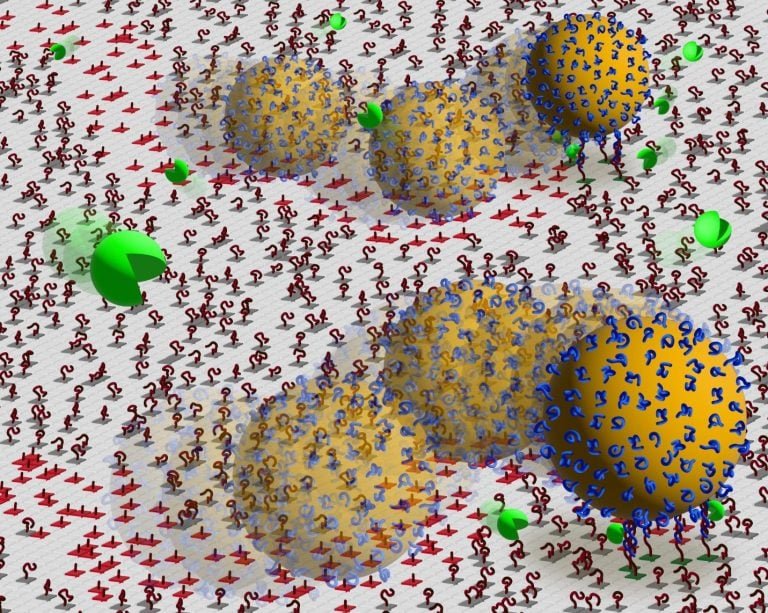Imagine a world where tiny artificial motors can move at incredible speeds, revolutionizing fields like medicine, diagnostics, and molecular computation. Sounds like science fiction, right? Well, thanks to a recent breakthrough in nanotechnology, this futuristic scenario is now one step closer to reality.
Researchers at the National Institutes of Natural Sciences have made a significant breakthrough in developing DNA-nanoparticle motors that can reach record speeds of 30 nm/s. This achievement narrows the gap between artificial motors and motor proteins, which are the natural molecular machines that power many biological processes.
How Do DNA-Nanoparticle Motors Work?
These tiny motors convert chemical energy into mechanical motion through enzymatic RNA degradation. They operate via a “burnt-bridge” Brownian ratchet mechanism, where the motor moves forward by “burning” molecular bonds along its substrate. This process biases random motion, propelling the motor in one direction.
The Speed Bottleneck
While DNA-nanoparticle motors are highly programmable and have tremendous potential, they have struggled to match the speed and efficiency of motor proteins. The researchers identified the speed bottleneck as the binding of RNase H, an enzyme involved in genome maintenance that breaks down RNA in RNA/DNA hybrids in the motor.
The Solution
By increasing the concentration of RNase H, the researchers were able to markedly improve the speed, decreasing pause lengths from 70 seconds to around 0.2 seconds. However, this increase in speed came at the cost of processivity and run-length.
Optimizing Performance
The researchers found that this trade-off between speed and processivity/run-length could be improved by increasing the DNA/RNA hybridization rate. By redesigning the DNA/RNA sequences and increasing the hybridization rate by 3.8-fold, the engineered motor achieved a speed of 30 nm/s, 200 processivity, and a 3 μm run-length. These results demonstrate that the DNA-nanoparticle motor is now comparable to a motor protein in performance.
What Does This Breakthrough Mean?
This achievement has significant implications for the development of artificial molecular machines that can perform tasks like targeted transport, molecular computation, and diagnostics. With further research and optimization, these tiny motors could revolutionize various fields and improve our daily lives.
Stay tuned for more updates on this exciting breakthrough and its potential applications!

















